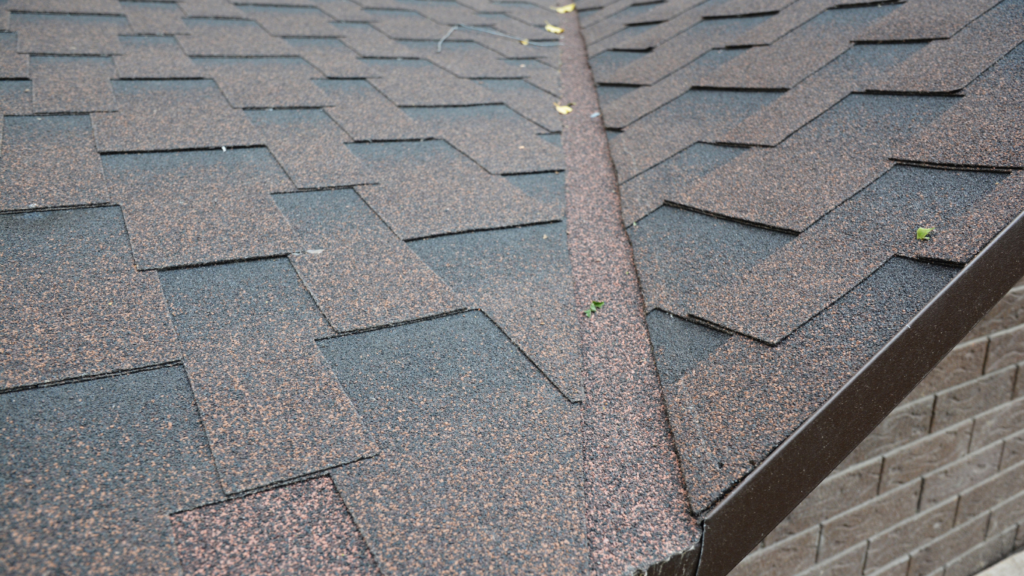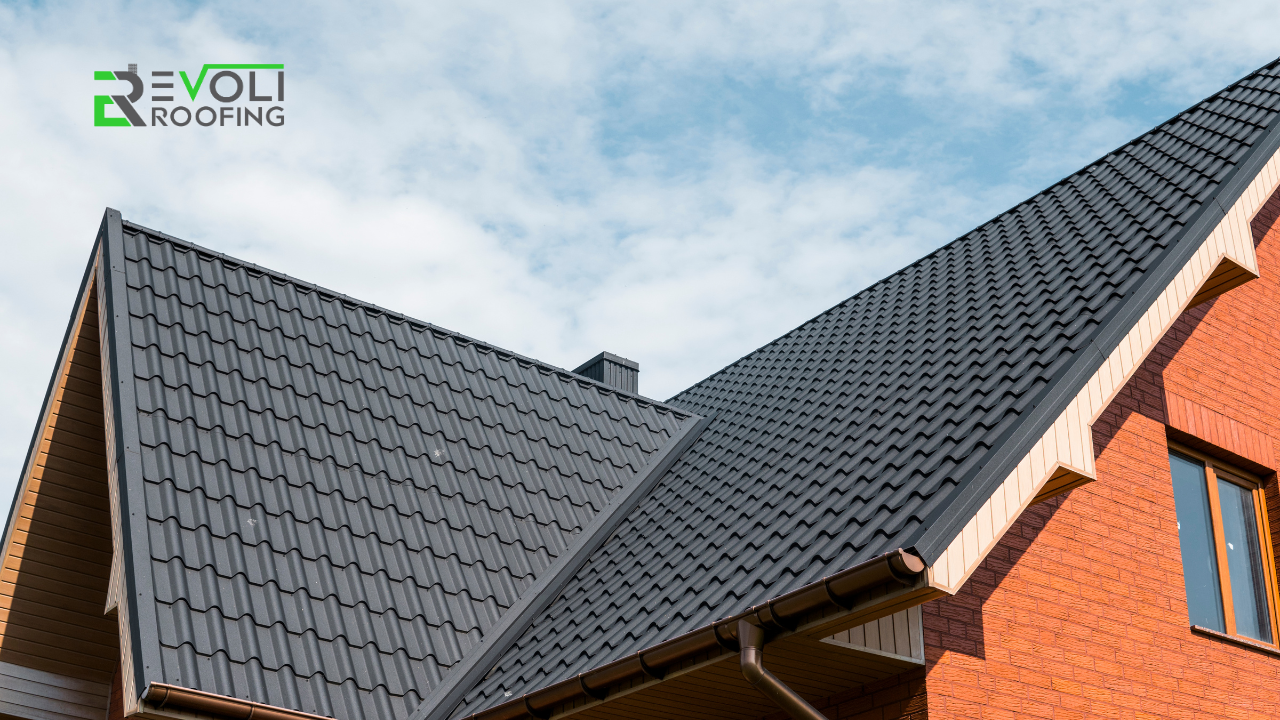When you think of a roofing system, you may immediately think of the shingles, gutters, and flashing. However, roof valleys are a crucial yet often overlooked component vital in protecting your home from leaks and water damage.
This blog post analyses the roof valleys, their function, and why they’re vital to your home in Maryland. Every homeowner deserves to know the materials used in their home, so this piece is just one of many in a series targeting different parts of the roof system. If you’re ready to begin, so are we!
Understanding the Roof Valleys
Roof valleys are one of the most critical parts of your roof. They are formed when two sloping surfaces intersect or meet at some point on your roof.
Roof valleys direct rainwater and melt the snow away from the roof’s center and toward the gutters, preventing water from pooling and causing potential leaks or damage.
Types of Roof Valleys
Roof valleys come in different configurations, each serving specific purposes and offering unique advantages. Homeowners and roofing professionals must understand the distinctions between open and closed roof valleys.
Open Roof Valleys
Open roof valley, also known as exposed valleys, are a classic choice in roof design for the areas like Virginia Beach. In this configuration, the roofing material on one side of the valley does not extend over the adjacent side, exposing the valley. This exposed section of the valley is then covered with metal flashing.
One of the significant advantages of having an open roof valley is its effective drainage capability. Rainwater and melting snow easily flow down the exposed valley, preventing water accumulation and potential leaks.
Additionally, open valleys allow you to remove debris, ensuring unobstructed water flows easily.
Closed Roof Valleys
Closed roof valleys, or closed-cut valleys, offer a more streamlined and modern appearance. Unlike open valleys, the roofing material from both sides of the roof meets at the center of the valley, covering the valley flashing. This design offers extra protection by hiding the flashing behind the shingles, which reduces wear and tear over time.
Closed roof valley are known for their durability and resistance to weather-related damage. By concealing the flashing, closed roof valley minimize exposure to harsh elements by adding an extra layer of protection to ensure the roofing system’s longevity.
This design choice is particularly popular in regions like Virginia that are prone to heavy rainfall or snowfall, where superior water protection is crucial.
The Functionality of Roof Valleys

Roof valleys are vital in protecting your home from leaks and water damage. Here are some of the key benefits of having a roof valley:
Water Diversion
Roof valleys act as waterways, directing rainwater and melted snow away from the roof’s surface. By efficiently channeling water to the eaves and gutters, roof valleys help prevent water from pooling, reducing the risk of leaks.
Leak Prevention
A well-constructed and maintained roof valley acts as a barrier against water infiltration. During heavy rains or snowmelt, water can seep into vulnerable areas without proper drainage, leading to leaks and potential water damage inside your home.
Aesthetic Appeal
Beyond their functional importance, roof valleys can add an appealing architectural element to your roof. When designed creatively, they create unique patterns and lines that add character to your home’s exterior.
Ventilation and Insulation
Roof valleys also contribute to proper ventilation and insulation in your attic space. Ensuring sufficient airflow through valleys helps regulate temperature and reduces moisture buildup, which can harm your roof’s longevity.
How to Install a Roof Valley

The installation of roof valleys is a precise and intricate process that requires skill and experience. Proper installation is crucial to ensure the valleys effectively channel water away from the roof and maintain the roof’s integrity.
- Before installing the valleys, you must properly prepare the roof deck by repairing or replacing any damaged or deteriorated sections.
- Install a high-quality waterproof underlayment over the roof deck to provide additional protection against water infiltration.
- For open valleys, metal flashing is installed over the underlayment and extends along the valley area. The flashing is secured with roofing nails and sealed to prevent water penetration.
- For closed valleys, the roofing material, such as shingles or tiles, is laid over the valley area, overlapping each other to create a seamless look. Properly aligning and securing the roofing material is critical to ensure effective water drainage.
Common Roof Valley problems
An open roof valley may need to be inspected. If you’re new to the industry or a homeowner, there are important things to check in a roof valley. This applies whether you’re a roof inspector or a roofer teaching a homeowner how to inspect their roof.
Roof inspections are important to detect potential areas of concern before they become full-on issues.
Look for Leakages
Look for water stains or dripping during heavy rain. It might indicate a compromised valley.
Damaged shingles
Missing or cracked shingles in the valley can cause water damage. Regular inspections are your best defense against this.
Debris buildup
Leaves and debris can obstruct water flow, leading to potential problems. Because of the shape of valleys, they are prone to collecting debris. If leaves collect in the fall and then snow covers them in winter, they could create a bigger problem.
When the snow melts, you might discover an issue you didn’t see earlier. Clear out any debris during routine maintenance.
Wear and tear
Over time, the roof valley might show signs of aging. Call a roofing contractor if you notice rusting on the flashing, dissolving or bubbling on shingles, or gaps between shingles and the valley.
Conclusion
Roof valleys are a vital component of our homes that deserve our utmost attention. Due to their unique design and the increased water concentration in this area, they’re more prone to leaks than other roof parts. Therefore, we must give them proper attention during installation and maintenance.
If you suspect that your roof valley is causing damage, or your roofing system is just having problems, then our experts at Evoli Roofing can help you. We have decades of experience and have a great reputation for offering the best roof repair services in Maryland. Call us at (757) 799-4601 to book a free roof inspection.





